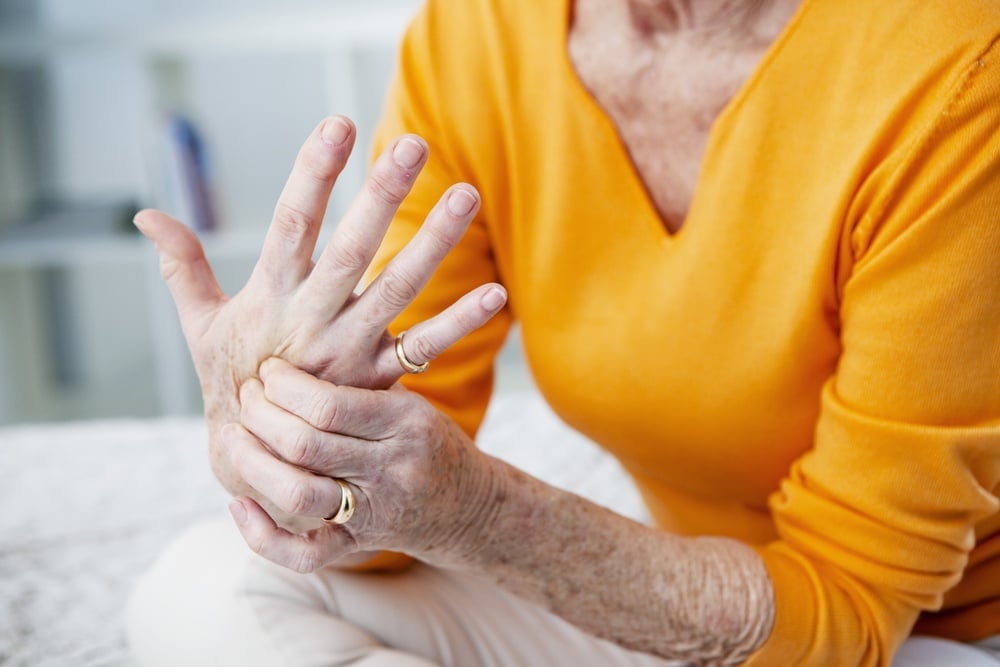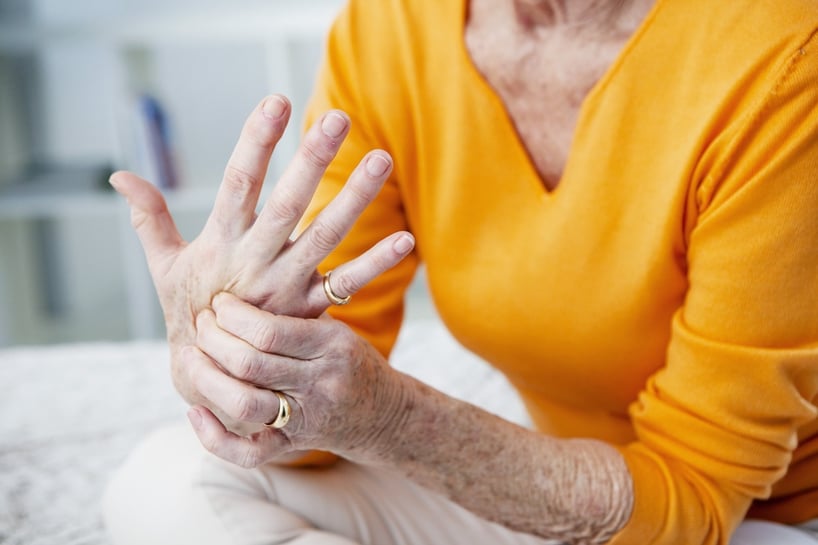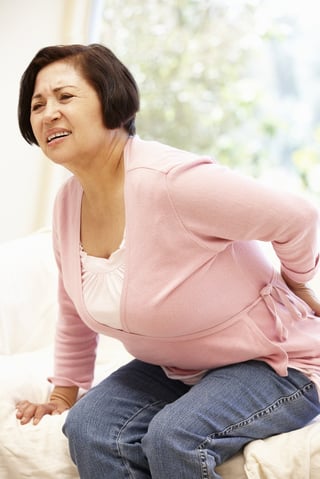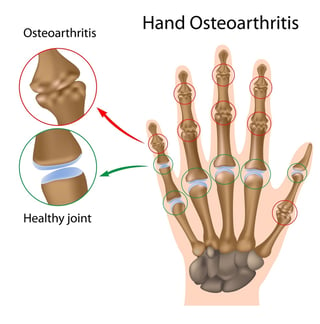Search for topics or resources
Enter your search below and hit enter or click the search icon.
June 9th, 2016 | 3 min. read


Do you experience aches, pains, or swelling in your joints? You may have osteoarthritis, or OA. OA is a progressive disease of the joints caused by the degeneration of cartilage between bones.
OA happens gradually. In young, healthy joints, smooth articular cartilage covers the ends of bones in your joints. This cartilage cushions the joint, protecting the bones from grinding when the joint is bent and straightened.
Over time, this articular cartilage wears away through normal daily use. The formerly smooth cartilage becomes frayed and rough, creating friction and making joint motion more difficult. Sometimes, broken bits of cartilage can float loose and get stuck, creating a "creakiness" when you use the joint.
Inflammation, swelling, and aching can result. In worse-case scenarios, the cartilage wears away altogether, leaving the joint without any cushion at all. Doctors sometimes refer to this painful scenario as "bone on bone."
Millions of people experience OA. Osteoarthritis is the most common degenerative joint condition, affecting about 27 million people in the U.S. alone. Most OA sufferers are middle-aged or older.
However, some athletes who've put their joints through significant wear and tear may experience symptoms of OA earlier. Baseball or volleyball players, for example, may find themselves dealing with shoulder arthritis while they're still fairly young.
The need for a total knee replacement surgery is also not unheard of in athletes who may have damaged their knees repeatedly in the course of their sports careers.
Traumatic accidents that damage the joints can also increase the risk of developing osteoarthritis.
Do you meet any of the following criteria? If so, you may be at risk for OA.

People sometimes confuse OA with rheumatoid arthritis, or RA. Though both are forms of arthritis with some common symptoms, their causes differ, as do their treatment. Briefly, the main differences between OA and RA are:
Causes and Onset
Risk Factors/Age
Rheumatoid arthritis has some symptoms in common with OA. However, pain and inflammation are usually symmetrical (not so with OA) and accompanied by a general feeling of fatigue, illness, or malaise.
If your symptoms are more localized and if you feel otherwise well, you are more likely to have OA. (If you think you may have rhematoid arthritis, see a rheumatologist for diagnosis.)

OA develops gradually over time. It tends to start with one joint or set of joints on one side of the body. Symptoms include:
Osteoarthritis can affect any joint in the body. Joints commonly affected are:
OA is a long-term, incurable disease; no doctor can reverse its effects, but an orthopedic specialist can help you learn about strategies and options for managing your symptoms.
Most people with OA seek relief through some combination of exercise and medicine. Gentle, low-impact movement combined with over-the-counter or prescription medications can make a difference in your pain and mobility.
Depending on your age, general health, and symptoms, surgery may also be beneficial. Talking to an orthopedist can help you decide if surgery is right for you — and if so, whether you'll want to consider a surgical intervention now or postpone until later.
Surgical procedures for treating OA include:
Dr. Williams has been practicing orthopedic surgery in Corpus Christi since 1998. After graduating from Texas Tech hereceived his medical degree from the University of Texas at San Antonio. At the prestigious Campbell Clinic located at the University of Tennessee, Dr. Williams completed not only an Orthopedic Surgery Residency, but an additional year of Fellowship Training in Spine Surgery. Dr. Williams is dedicated to creating an excellent patient experience in the office or in the surgery suite.
Topics: